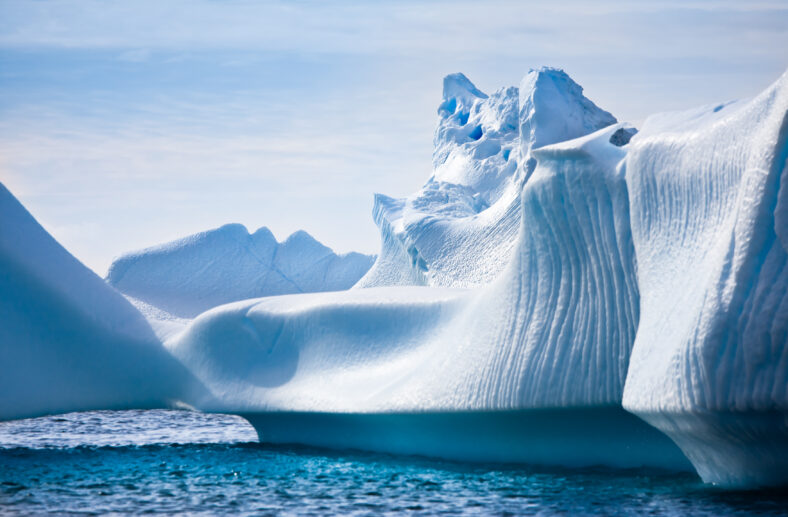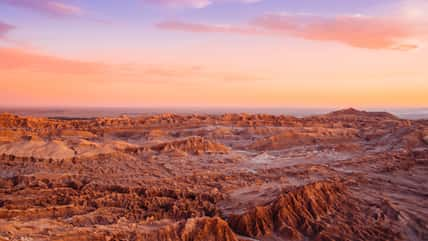Buried Beneath Antarctica Lies One Of Earth’s Oldest And Most Mysterious Mountain Ranges

The Antarctica we see today is a thick, vast, white blanket of ice and snow. But beneath the frozen tundra, there is actually a hidden mountain range. The ancient Gamburtsev Subglacial Mountains are completely buried in the middle of East Antarctica.
The Gamburtsev Mountains look similar to the European Alps, but we can’t see them because the peaks and valleys are below the surface.
A mountain range usually rises where two tectonic plates collide, but East Antarctica has been tectonically stable for millions of years.
This hidden chain of mountains emerged over 500 million years ago when colliding tectonic plates formed the supercontinent Gondwana.
The new findings help explain how mountains and continents evolve, as well as how Antarctica has remained stable for so long.
The Gamburtsev Mountains are buried underneath the highest point of the ice sheet in East Antarctica. They were first found in 1958 by a Soviet expedition.
Since then, scientists have been scratching their heads over how such a massive mountain range can form but still be preserved underneath a continent.
The Himalayas, for example, are currently still rising as the Indian and Eurasian plates continue to converge, a process that started about 50 million years ago.
According to plate tectonic models, the crust forming East Antarctica came from at least two large continents over 700 million years ago. The continents were separated by a vast ocean basin.

Sign up for Chip Chick’s newsletter and get stories like this delivered to your inbox.
These landmasses clashing together were what led to Gondwana, a supercontinent that consisted of India, Africa, South America, Australia, and Antarctica.
During this ancient collision, the Gamburtsev Mountains formed, triggering a flow of hot, partly molten rock beneath the mountains.
Over time, the crust heated up and thickened. Eventually, it became too unstable and caved in under its own weight.
As a result, hot rocks began to flow sideways in a process called gravitational spreading, causing part of the mountains to collapse.
The researchers analyzed tiny zircon grains found in sandstones from rivers that flowed out of the mountains more than 250 million years ago. The sandstones were recovered from the Prince Charles Mountains, which stick out of the ice nearby.
The zircon grains showed that the Gamburtsev Mountains began to rise about 650 million years ago. By 580 million years ago, they reached Himalayan heights. Around 500 million years ago, deep crustal melting and flow ended.
The Gamburtsev Mountains are one of the most well-preserved mountain ranges on Earth because they were buried beneath a deep layer of ice this whole time.
It is very difficult and costly to drill through the thick ice and sample the mountains, which is why they have been so poorly understood in the past. But exploration may be possible in the future.
The study was published in Earth and Planetary Science Letters.
More About:News





